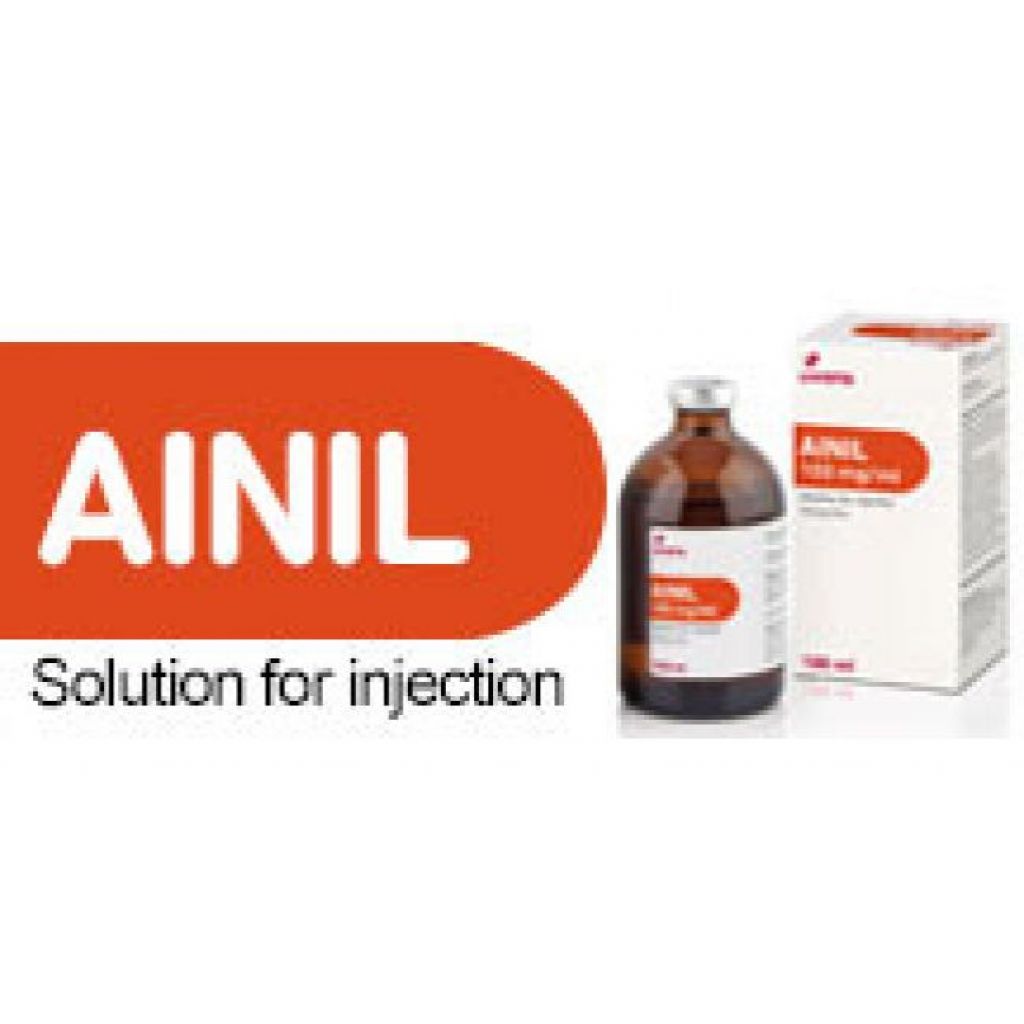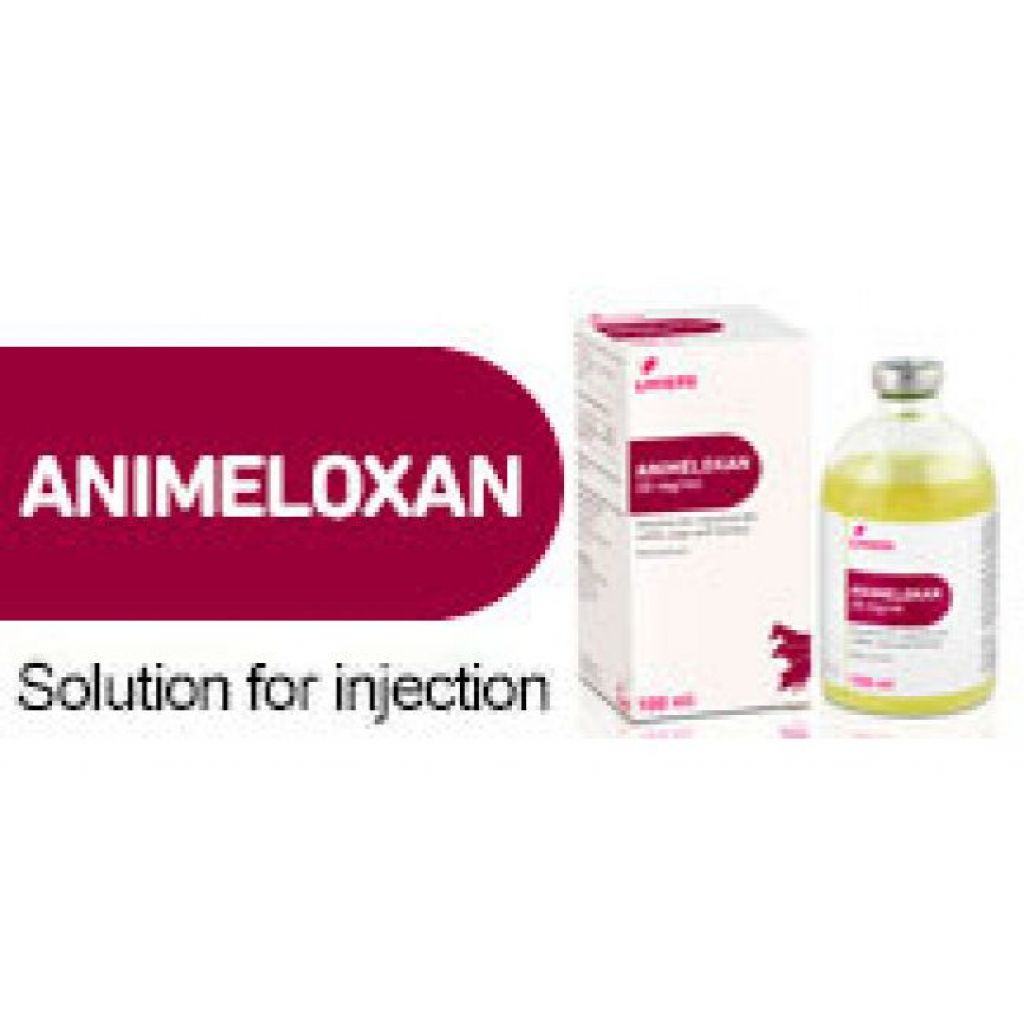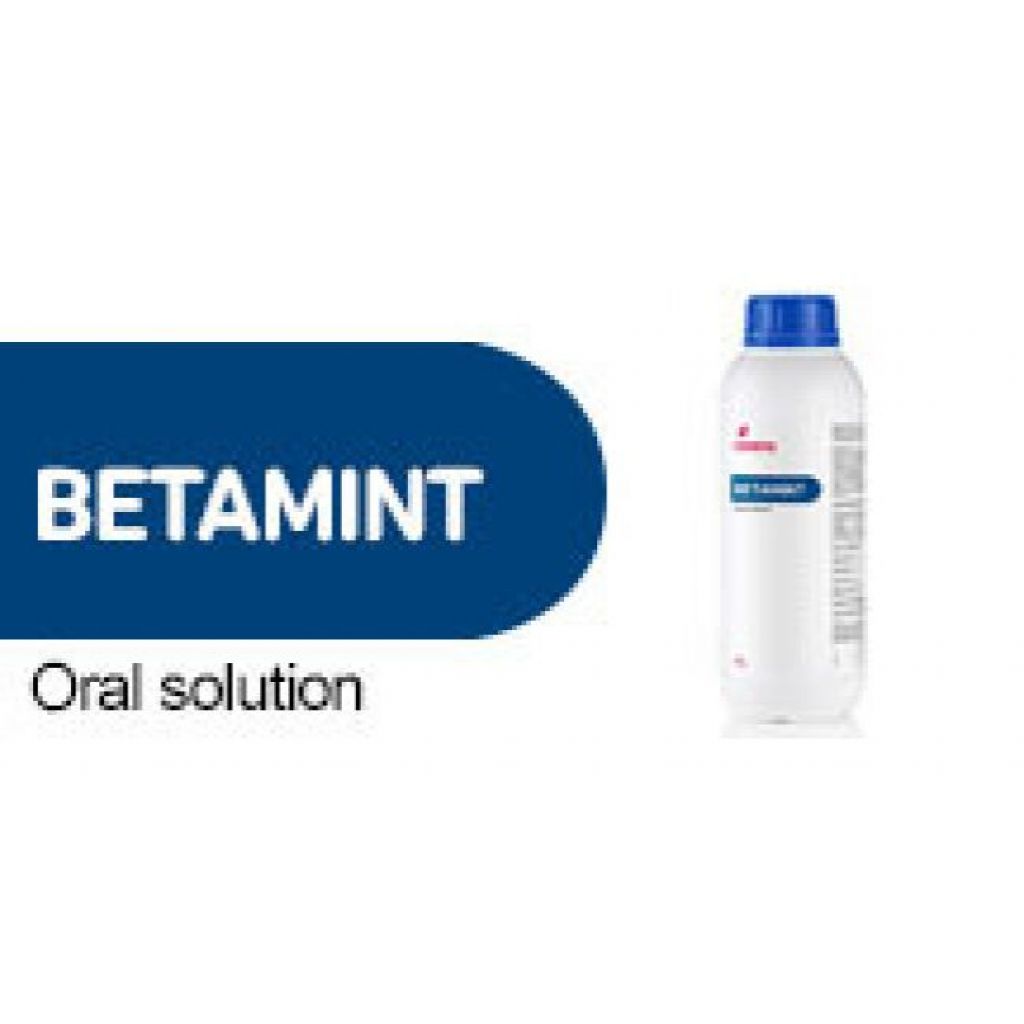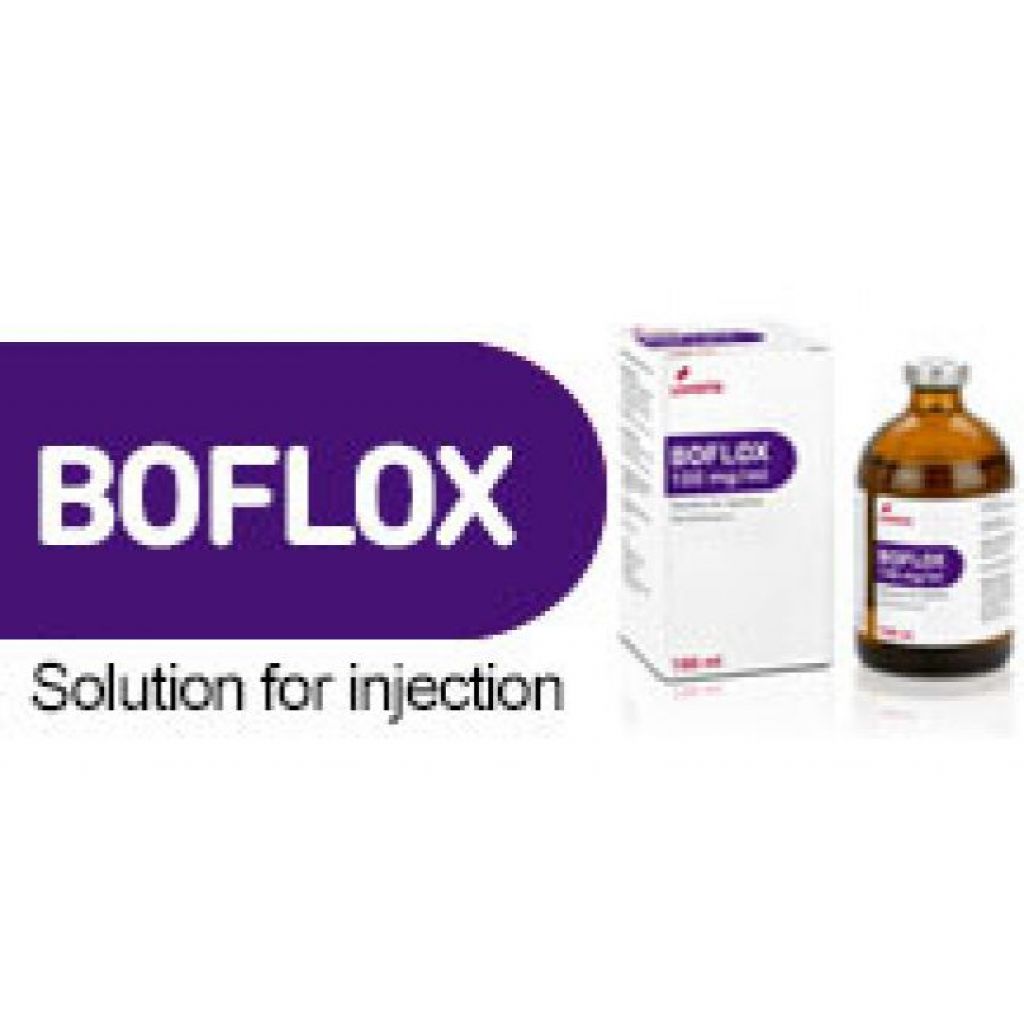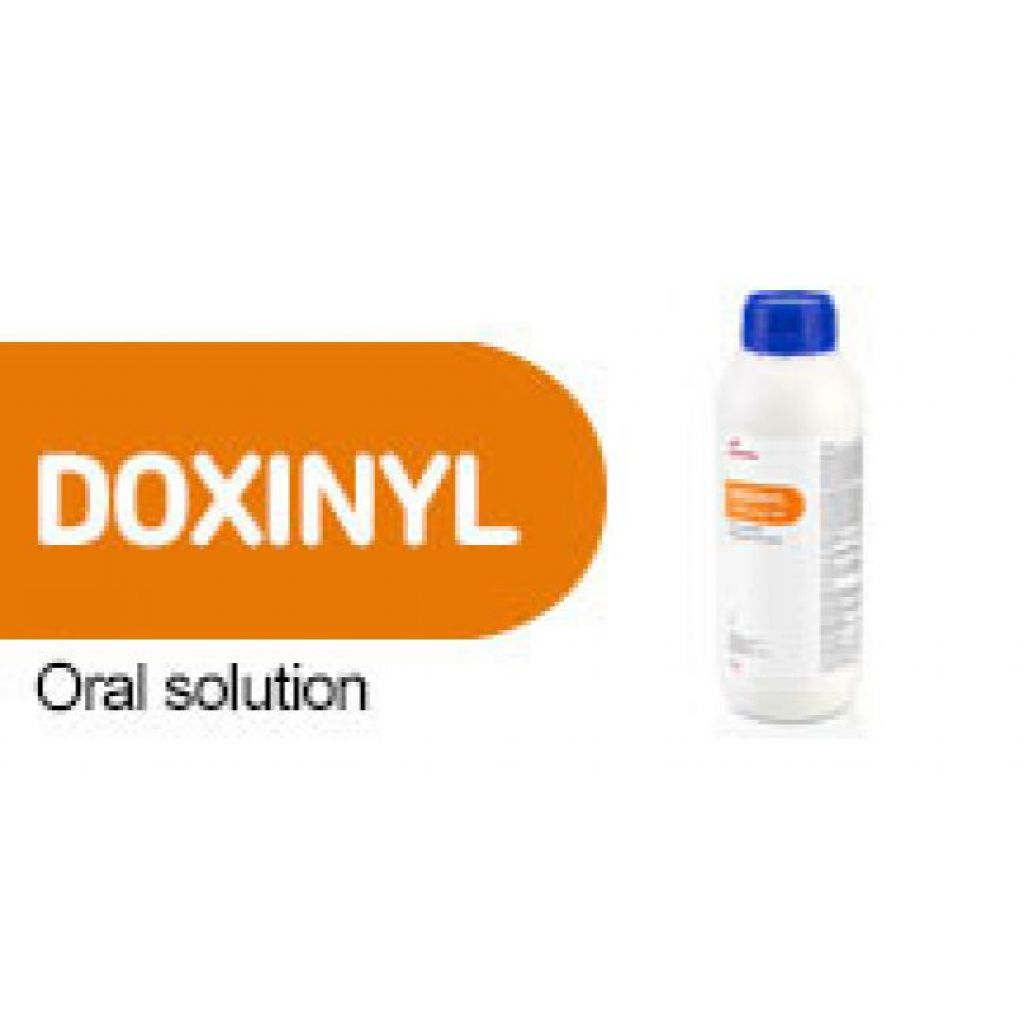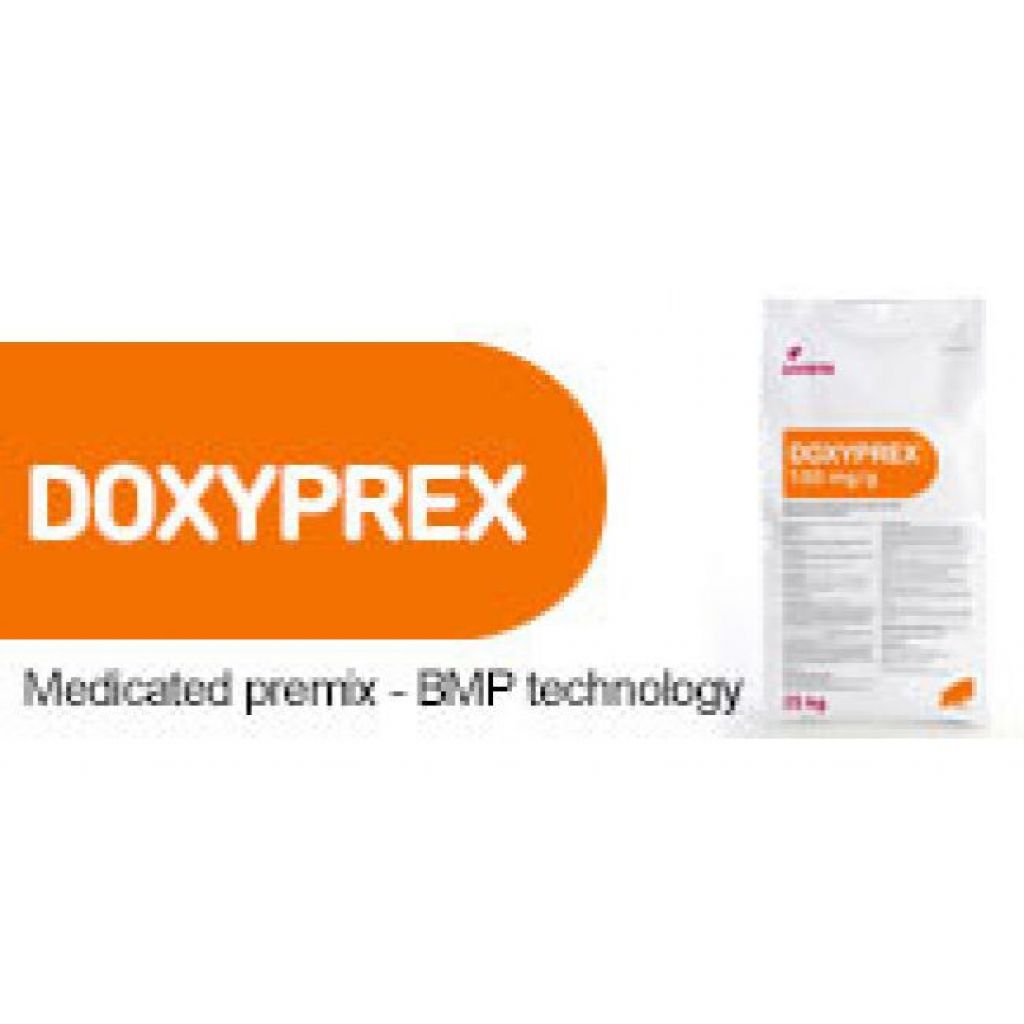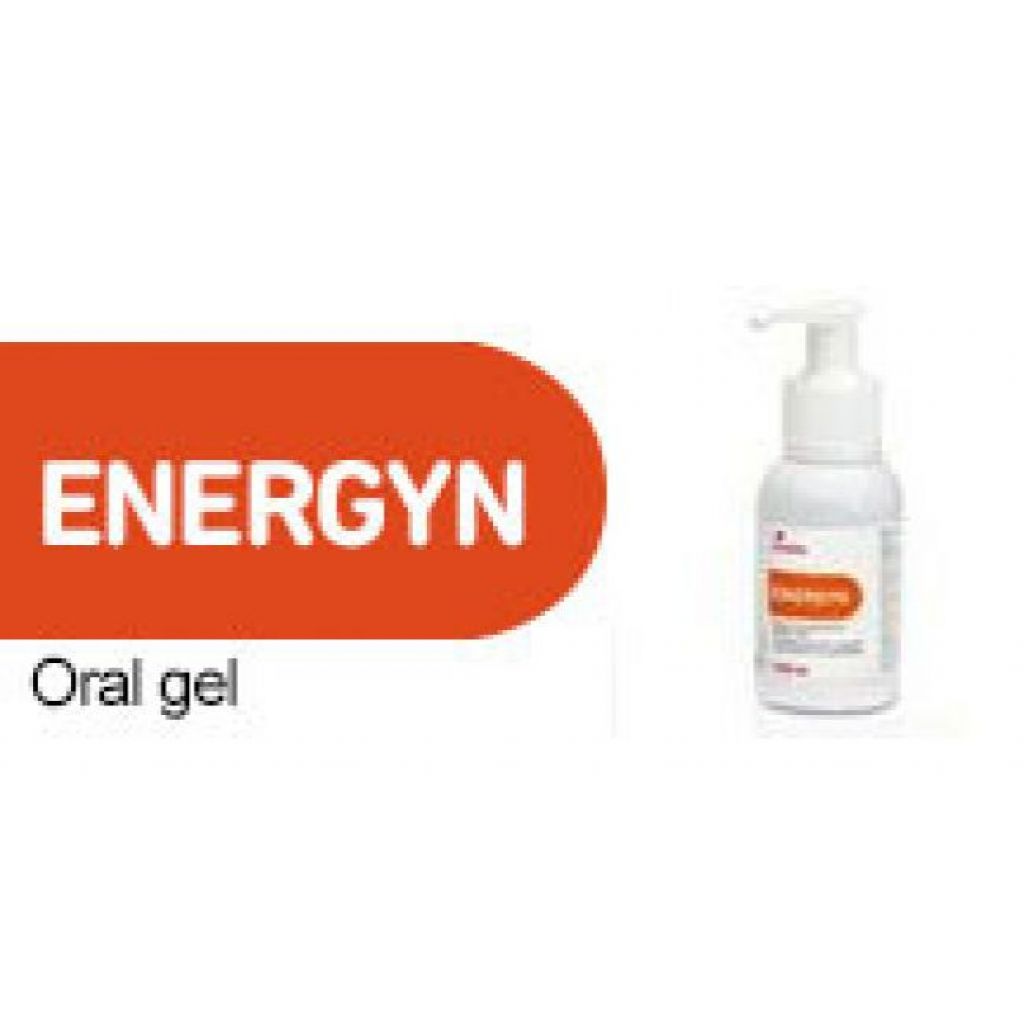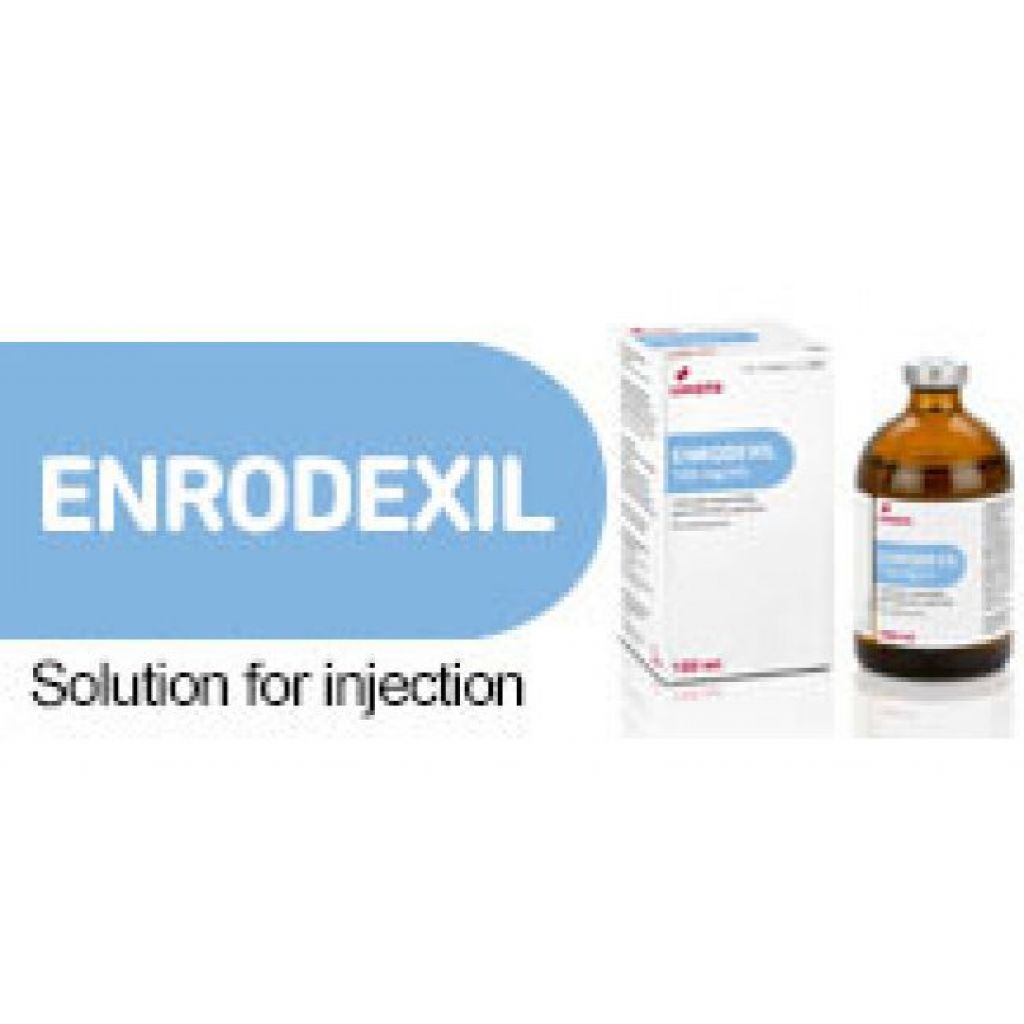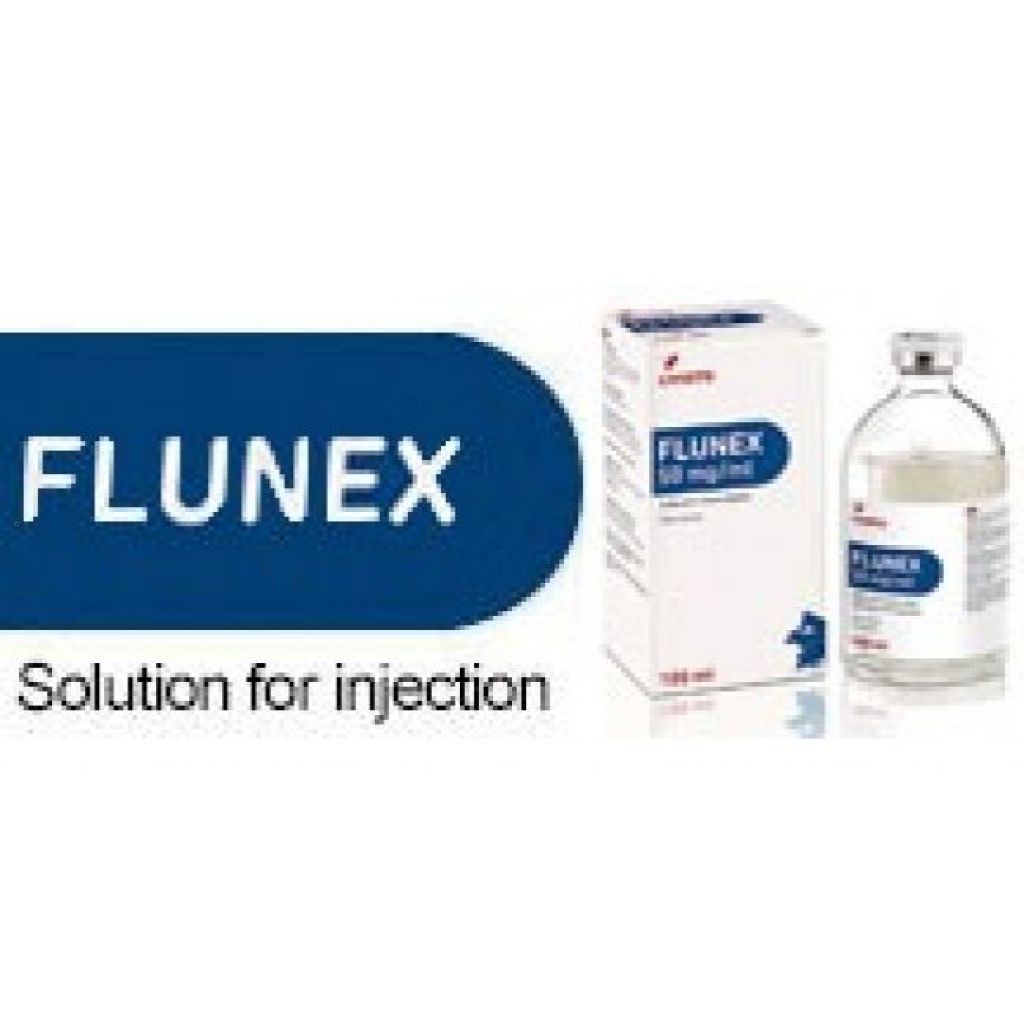Uses of ketoprofen in swine: how, when and why
Routine procedures such as surgical castration and tail docking are associated with pain and stress, as reflected in biochemical and behavioral responses. Parturition is also a critical time for sows and piglets: poor recovery of sows after farrowing and piglet mortality represent a welfare problem as well as an economic loss for the pig industry. Moreover, it has been observed that some sows that undergo long farrowing tend to present with fever 24 hours postpartum.
The administration of non-steroidal anti-inflammatory drugs (NSAID) for both piglets and sows improves their well-being. Ketoprofen is an NSAID whose active principle inhibits the synthesis of prostaglandins (PGE2 and PGF2α) and thromboxanes, presenting an anti-inflammatory, antipyretic and analgesic activity.
Ketoprofen administration: Oral or IM?
The main difference between the two options is when we choose one or the other type of treatment. It should be noted that the oral route is used to treat collective problems at the level of a group of animals or on a farm whereas the intramuscular (IM) administration is used to deal with more specific problems that affect specific animals.
The IM administration has marketing authorization in several European Union countries, among others, for:
- Metritis-Mastitis-Agalactiae syndrome in sows.
- Support treatment in respiratory diseases.
In the case of the oral solution, it is authorized for:
- The treatment of fever and dyspnea associated with respiratory disease in fattening pigs.
Compared to IM or feed, administration via drinking water has the following advantages:
- Fever reduces the intake of feed but not water, which can increase.
- Less management and stress than IM.
- Lower cost of treatment (mainly due to labor).
The main concern of oral administration is the effects at the gastric level. To avoid them, it is recommended to start treatment using the lowest dose (always within the authorized range) and only give it when the animals are already eating, never in animals with an empty stomach. Salichs et al. (2013) concluded that oral treatment with ketoprofen at 1.5 mg/kg in combination with antimicrobial therapy was a clinically effective approach in outbreaks of mild porcine respiratory disease complex (PRDC).
On the other hand, ketoprofen oral administration has some advantages compared to paracetamol and acetylsalicylic acid in pigs:
- Greater solubilisation, homogeneity and stability.
- Higher and faster control of fever.
Raekallio et al. (2007) conducted a study to determine the bioequivalences after oral, IM and intravenous (IV) administration of ketoprofen as well as the bioavailability after oral and IM administration. Although no bioequivalences were detected between oral administration and IM for a dose of 3 mg/kg, its bioavailability was almost complete in both cases. Moreover, the time to reach the peak in the maximum plasma concentration was approximately 1 hour for all treatments. The results conclude that oral ketoprofen is well absorbed by pigs and that oral administration may have potential to be used in the treatment of pigs.
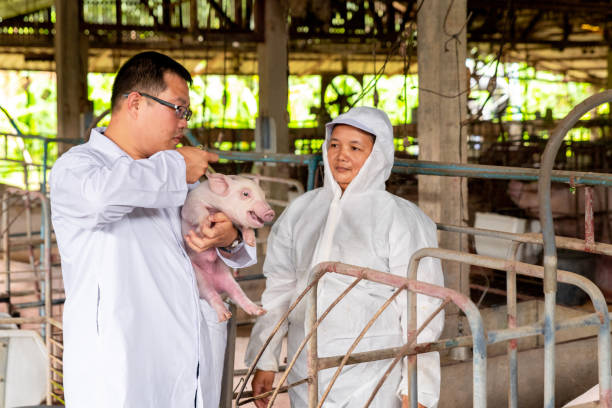
Lameness in sows
Lameness is a very common problem in sows. This pathology affects well-being due to the fact that it generates reduced mobility, pain and/or general discomfort and also has a negative impact on the productivity of the farm. Cross-sectional studies show that the prevalence of lameness within groups of sows is high and can vary between 8.8 % and 16.9 % (Heinonen et al., 2013).
Mustonen et al. (2011) carried out a study where 2 doses of oral ketoprofen were tested (2 mg/kg and 4 mg/kg). Significant differences were obtained between both groups treated with ketoprofen and the control group (placebo) (P = 0.001). Furthermore, oral ketoprofen was well tolerated and had no adverse effects. Based on these results, it can be concluded that oral ketoprofen (at 2 mg/kg, for 5 consecutive days) is a practical and effective tool to relieve pain, inflammation and improve the welfare of sows.
Postpartum in sows
Postpartum administration of an analgesic to sows also results in better colostrum intake:
- The reduction of pain and stress could benefit hormonal stability and the correct initiation of colostrum/milk production in the peripartum.
- Improving the well-being of the sow could increase her tolerance towards her piglets, allowing them to suckle for a longer time.
Viitasaari et al. (2013) have shown the benefits of the IM administration of a postpartum analgesic in the recovery of sows and its possible effects on maternal behavior and piglets reducing:
- Sow discomfort.
- The frequency of body position changes.
- The probability of crushing piglets.
It was found that sows with analgesic treatment rejected the feed less times than the control group. Greater feed acceptance and shorter duration of constipation were factors rated as signs of good health. These improvements were also observed in all parities.
Cassar et al. (2104) carried out a study which purpose was to determine if treatment with ketoprofen (3 mg/kg) via IM before castration at 7 days of age would affect subsequent growth during the suckling period. Piglets were treated with ketoprofen or a placebo and weighed at castration and at weaning and there was no difference in growth rate between groups.
So, IM ketoprofen seems to be of benefit in the treatment of post-operative pain associated with surgical castration of male piglets based on plasma cortisol results and no negative side-effects were noted in this trial.
Endotoxemia in pigs
Mustonen et al. (2012a) evaluated the effects of oral administration of ketoprofen after intravenous exposure to Escherichia coli endotoxin.
The results show that treatment with ketoprofen significantly reduces rectal temperature and total clinical scores (calculated after assessing general behavior, respiratory rate and locomotion) compared to the control group.
On the other hand, according to the authors of this study, 2 mg/kg of ketoprofen administered orally is the adequate and effective dose to treat the clinical signs associated with endotoxemia.
Respiratory problems in pigs
Oral ketoprofen (1.5 - 3 mg ketoprofen/kg body weight/day) is indicated for the reduction of pyrexia and dyspnoea associated with respiratory disease in combination with appropriate anti-infective therapy.
Hälli et al. (2018) conducted a study in four finishing pig farms suffering from acute outbreaks of respiratory disease. The results indicate that ketoprofen administered in feed at approximately 3 mg/kg body weight reduced behavioural signs of sickness and had an antipyretic effect.
A study performed by Salichs et al. (2013) at a Spanish commercial fattening pig farm with and outbreak of PRDC confirm that the combined administration of an antibiotic plus ketoprofen in drinking water during the first 3 days at a dose of 1.5 mg/kg per day is effective as rectal temperature decreased very rapidly, there were less animals with dyspnea and the cough frequency also diminished in the treated group.
Conclusions
In conclusion it can be stated that ketoprofen may be useful in collective or individual treatments of surgical procedures or pathologies, as well as physiological states, associated to inflammation, pain and fever at different stages of pig production. And the via of administration chosen will depend on factors such as appetite, the farm water system, the number of animals to be treated and available staff.
References
- Cassar G, Amezcua R, Tenbergen R, Friendship RM. 2014. Preoperative ketoprofen administration to piglets undergoing castration does not affect subsequent growth performance. Can Vet J. Jan;55(1):1250-2. PMID: 24381346; PMCID: PMC3866859.
- Hälli O, Haimi-Hakala M, Laurila T, Oliviero C, Viitasaari E, Orro T, Peltoniemi O, Scheinin M, Sirén S, Valros A, Heinonen M. Effect of oral KETOPROFEN treatment in acute respiratory disease outbreaks in finishing pigs. Porcine Health Management (2018) 4:7. doi: 10.1186/s40813-018-0081-x.
- Heinonen M, Peltoniemi O, Valros A. 2013. Impact of lameness and claw lesions in sows on welfare, health and production. Livest. Sci. 156, 2–9. https://doi.org/10.1016/j.livsci.2013.06.002.
- Mustonen K, Ala-Kurikka E, Orro T, Peltoniemi O, Raekallio M, Vainio O, Heinonen M. 2011. Oral ketoprofen is effective in the treatment of non-infectious lameness in sows. Vet. J. 190, 55–59. https://doi.org/10.1016/j.tvjl.2010.09.017.
- Mustonen K, Banting A, Raekallio M, Heinonen M, Peltoniemi OAT, Vainio O. 2012a. Dose-response investigation of oral ketoprofen in pigs challenged with Escherichia coli endotoxin. Vet. Rec. July, 1–5. https://doi.org/10.1136/vr.100431.
- Mustonen K, Niemi A, Raekallio M, Heinonen M, Peltoniemi OAT, Palviainen M, Siven M, Peltoniemi M, Vainio O. 2012b. Enantiospecific ketoprofen concentrations in plasma after oral and intramuscular administration in growing pigs. Acta Veterinaria Scandinavica, 54:55 http://www.actavetscand.com/content/54/1/55.
- Pérez L, Finestra A. 2018. Maternidades sin dolor: garantía de bienestar animal. PorciNews, nº 13, Marzo, pp. 29-40. https://issuu.com/grupoagrinews/docs/revista-porcinews-maroz2018/30.
- Raekallio MR, Mustonen KM, Heinonen ML, Peltoniemi OAT, Säkkinen MS, Marikki Peltoniemi S, Honkavaara JM, Vainio OM. 2007. Evaluation of bioequivalence after oral, intramuscular, and intravenous administration of racemic ketoprofen in pigs. American Journal of Veterinary Research. Vol. 69 (1): 108-113.https://avmajournals.avma.org/doi/abs/10.2460/ajvr.69.1.108.
- Salichs M, Sabaté D, Homedes J. Efficacy of ketoprofen administered in drinking water at a low dose for the treatment of porcine respiratory disease complex. J. Anim. Sci. 2013.91:4469–4475. doi: 10.2527/jas2012-6165.
- Viitasaari E, Hänninen L, Heinonen M, Raekallio M, Orro T, Peltoniemi O, Valros A. 2013. Effects of post-partum administration of ketoprofen on sow health and piglet growth, The Veterinary Journal, Volume 198, Issue 1, pp.153-157, https://doi.org/10.1016/j.tvjl.2013.06.013.
*Photos from Unsplash: "Pig drinking_istockphoto-521005632-1706" and "Pigglet injection_istockphoto-1144988211-612x".





